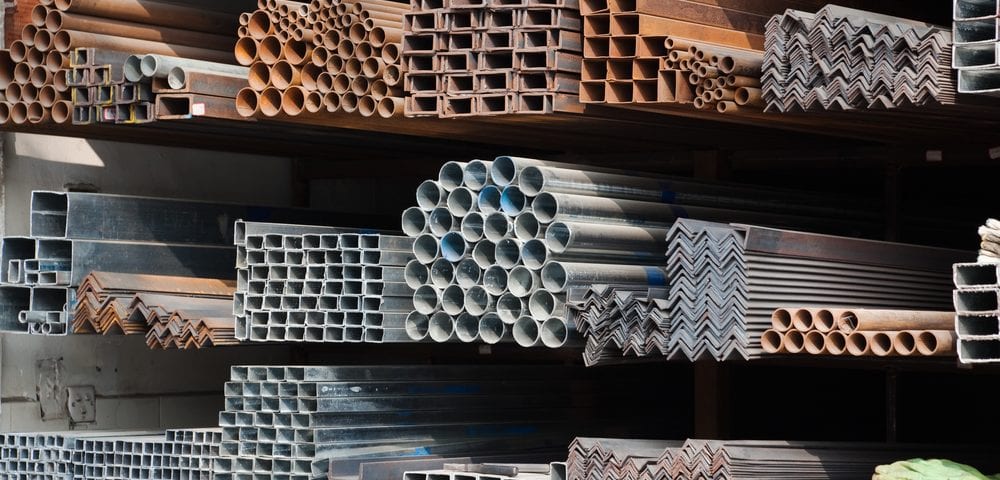Choosing Between Steel Pipe and Steel Tube

Differences Between Aluminum and Stainless Steel, Part 2
January 9, 2019
Selecting the Right Steel Gauge
January 22, 2019At Wasatch Steel, two of our most popular steel types purchased by customers in various fields are steel pipe and steel tube. Whether you’re looking for a smaller batch, a larger load or a mixture of the two types, we’re here to help with precise cuts and other money-saving practices.
Pipes and tubes look relatively similar, and might even be confused for the same thing among laymen. But in reality, they’re very different in terms of not only their dimensions and size, but also their applications and several important factors. They’re also almost never interchangeable. Here are some basic differences to note regarding metal pipe compared to metal tube.
Strength and Shape
For applications that require the strongest possible steel, tube is generally the way to go. It’s known to be significantly stronger than pipe, and one of the strongest metal formats period.
While shape isn’t normally the deciding factor for your project, it’s a good way to tell the two steel types apart. The rule of thumb here is that steel pipe is always round, while steel tube can come in a few different shapes – square, rectangular, or even round itself in some cases.
General Size and Measurement
In general, you’ll be able to find steel pipe in larger sizes than steel tube will range up to. As for measuring the two, each has its own set of factors used:
- Pipe: Metal pipe comes with an inside diameter (called the “nominal” diameter) and a “schedule,” which refers to the thickness of the metal’s wall. This is because metal pipe is often used for the transfer of gas or liquids, meaning the most important factor for you is the size of the opening through which these elements can pass – rather than the outer dimensions.
- Tube: Metal tube is measured based on outside diameter, plus set ranges of wall thickness.
Rigidity
With a few exceptions (namely copper and brass), metal tubes are usually among the more rigid products you’ll find – but they can usually be shaped with some effort, depending on the specific type. Pipes, though, are known to be extremely rigid, meaning they cannot be shaped without specialized equipment.
Rolling and Galvanizing
In general, you can purchase metal tube in hot-rolled or cold-rolled steel format. Piping, however, is generally available in black steel, which is hot-rolled. One area where the products are similar: Both can be galvanized.
Telescoping
Metal tubing can generally can be telescoped and is often used for this purpose. A material called DOM (Drawn over Mandrel) is the best tube for telescoping due to the lack of a flash weld inside the tube. Pipe does not have this same flash weld, however.
Applications
When it comes to transferring gas or liquid, as we noted above, only pipes are a proper solution. They’re pressure-rated and intended for this specific use, while tubes are made for structural applications in various areas.
For more on metal steel versus metal tube, or to learn about any of our steel services or buy steel online, speak to the staff at Wasatch Steel today.



